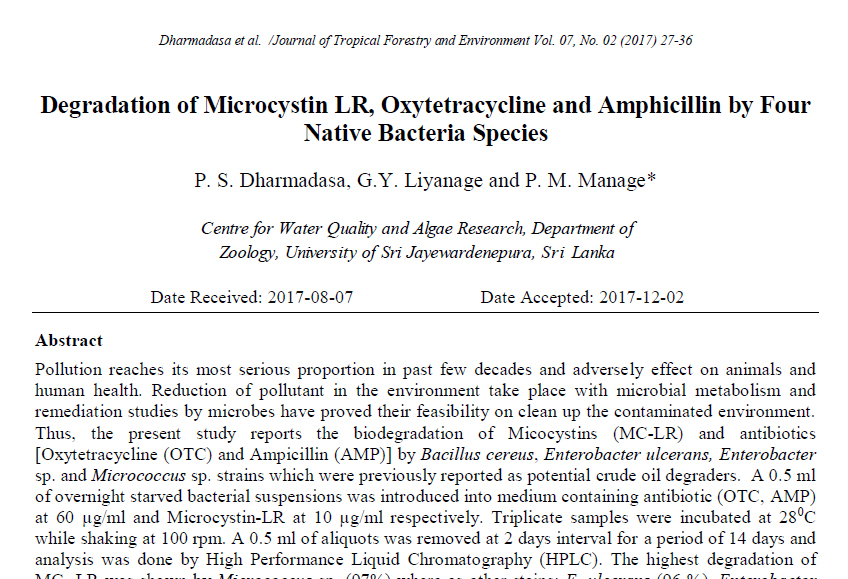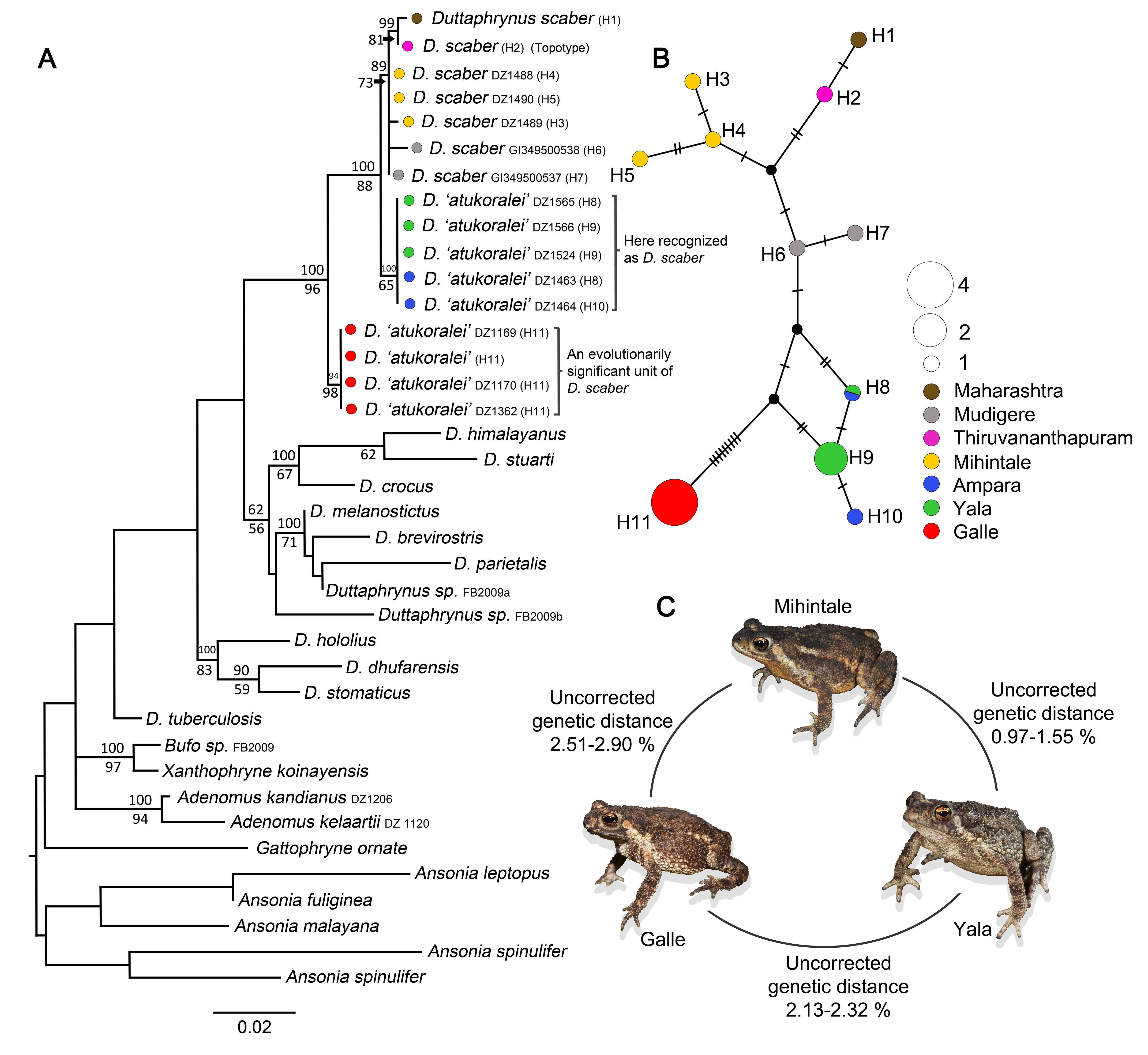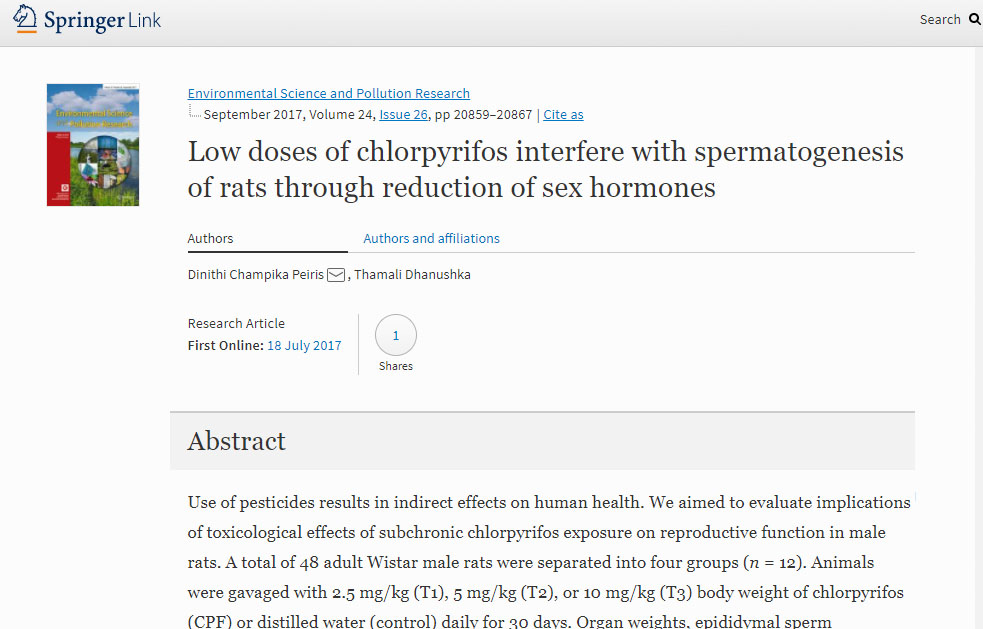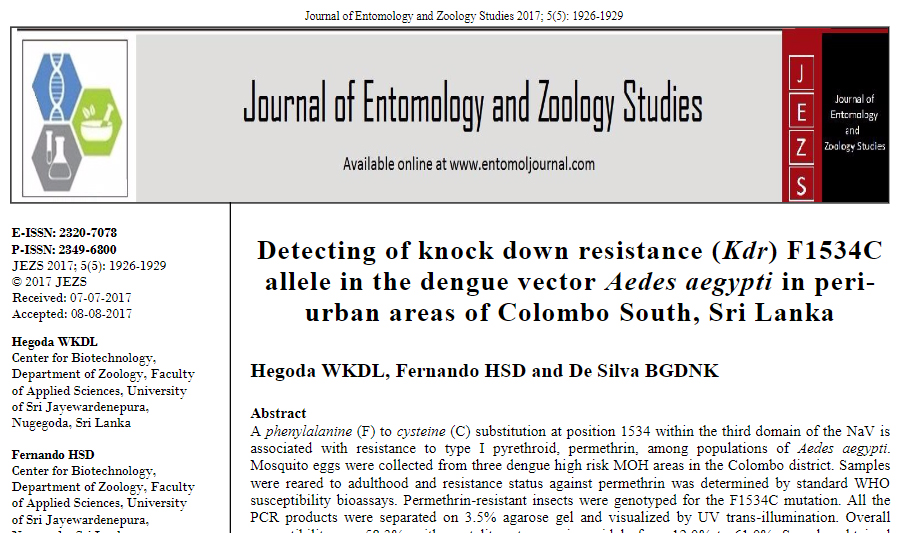Authors: PS Dharmadasa, GY Liyanage, PM Manage
Journal: Journal of Tropical Forestry and Environment
Pollution reaches its most serious proportion in past few decades and adversely effect on animals and human health. Reduction of pollutant in the environment take place with microbial metabolism and remediation studies by microbes have proved their feasibility on clean up the contaminated environment. Thus, the present study reports the biodegradation of Micocystins (MC-LR) and antibiotics [Oxytetracycline (OTC) and Ampicillin (AMP)] by Bacillus cereus, Enterobacter ulcerans, Enterobacter sp. and Micrococcus sp. strains which were previously reported as potential crude oil degraders. A 0.5 ml of overnight starved bacterial suspensions was introduced into medium containing antibiotic (OTC, AMP) at 60 µg/ml and Microcystin-LR at 10 µg/ml respectively. Triplicate samples were incubated at 280C while shaking at 100 rpm. A 0.5 ml of aliquots was removed at 2 days interval for a period of 14 days and analysis was done by High Performance Liquid Chromatography (HPLC). The highest degradation of MC- LR was shown by Micrococcus sp. (97%) where as other stains; E. ulcerans (96 %), Enterobactor sp. (95 %) and B. cereus (88%) also showed comparative high degradation after 14 days of incubation. B. cereus, Enterobacter sp. and Micrococcus sp. were identified as AMP resistance bacteria and degraded AMP at 81%, 22% and 39% respectively. It was found that B. cereus was resistance to OTC and showed 56% reduction at 14 days of incubation. The results of the present study revealed that the bioremediation potential of harnessing microbes can cleanup of pollutant in the environment and use as eco friendly tool for removal of environmental pollutants.





